Introduction
Dog fights can be frightening and dangerous. These situations often arise unexpectedly, posing risks to both dogs and their owners. Understanding why fights happen is crucial for everyone involved. By addressing the causes and signs of aggression, we can keep our furry friends safe. This article aims to provide practical strategies for preventing and managing dog fights effectively.
Speaking of keeping your dog safe, have you considered investing in a Dog Training Collar with Remote? It’s a game changer for training your dog without the drama of a dog fight. You can correct unwanted behavior from a distance—like the time your pup decided that the neighbor’s cat was a worthy adversary!
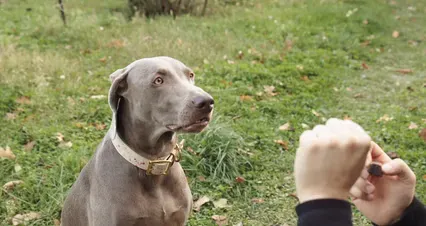
Summary and Overview
A dog fight occurs when two or more dogs engage in aggressive behavior. This can lead to serious injuries for the dogs and emotional distress for their owners. The effects of such conflicts are profound. Dogs involved may suffer physical injuries, while owners can experience anxiety and fear. Understanding the implications of dog fights helps in recognizing the need for proactive measures.
We will cover several key areas: the causes of dog fights, how to differentiate between fighting and playful interactions, strategies for prevention, safe intervention techniques, and post-fight care. Knowing how dogs behave is essential to preventing conflicts. By learning these strategies, we can create a safer environment for our pets and ourselves.
Understanding dog behavior is vital in preventing fights. Recognizing stress signals and providing a well-managed environment can significantly reduce the risk of aggression. Together, we can work towards ensuring a peaceful coexistence among our furry companions.
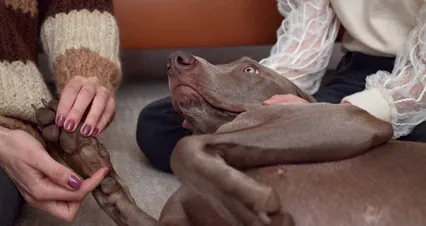
Why Do Dogs Fight?
Understanding why fights occur is crucial for dog owners. Dogs may fight for several reasons that often relate to instinctual behaviors.
Causes of Dog Fights
One major reason is resource guarding. This includes defending food, toys, or territory. When a dog feels its possessions are threatened, it may react aggressively. For more information on this behavior, check out our article on understanding and managing resource guarding in dogs.
Understanding resource guarding is essential for dog owners to prevent aggression. Learn more about this topic here.
Fear and anxiety can also trigger fights. A scared dog may lash out defensively if it feels cornered. This reaction often stems from past trauma or lack of socialization. If your dog is prone to anxiety, consider getting a Dog Anxiety Jacket. It’s like a hug for your pup, helping them feel calm and secure.
Overstimulation can lead to frustration in social settings. If dogs become overly excited, their play can escalate into aggression. This is particularly true in high-energy environments.
Dominance disputes are another common cause. Dogs may fight to establish hierarchy or assert control over one another. This behavior can be especially prevalent among unneutered males.
Health issues can contribute to irritability. If a dog is in pain or discomfort, it may react aggressively. Regular check-ups can help identify underlying health problems. A good Dog First Aid Kit can also be a lifesaver in emergencies, ensuring you’re always prepared.
Recognizing these aggression triggers is important. By understanding dog behavior better, you can help prevent these fights before they start.
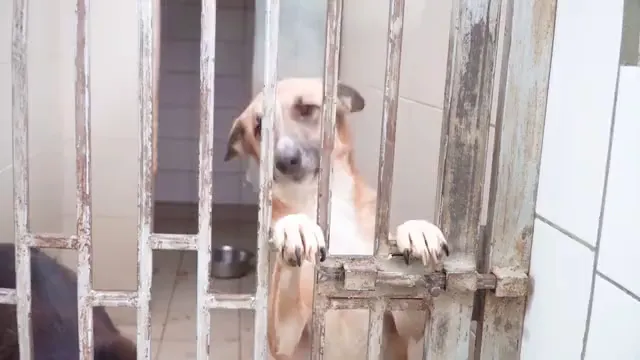
How to Tell a Dog Fight From Rough Play
Distinguishing between a fight and play is essential for dog owners. Knowing the signs can help you intervene appropriately.
Distinguishing Between Fighting and Play
Observe body language carefully. Tense, stiff posture indicates aggression, while relaxed bodies suggest playfulness. If your pup enjoys interactive play, consider getting an Interactive Dog Puzzle Toy. It keeps their minds sharp while they play and can help reduce overstimulation.
Listen to vocalizations too. Playful barks differ from deep growls that signal aggression. Understanding these sounds can clarify intentions.
Initiation and turn-taking play a huge role. In play, dogs alternate roles and engage willingly. If one dog is always the aggressor, it’s likely a fight, not play.
Watch for escalation in behavior. If interactions become more intense, it might signal aggression. Pay close attention to sudden changes in energy levels.
By learning to read dog body language and behavior, you can differentiate between fighting and playful interactions effectively. This knowledge empowers you to maintain a safer environment for your pets.
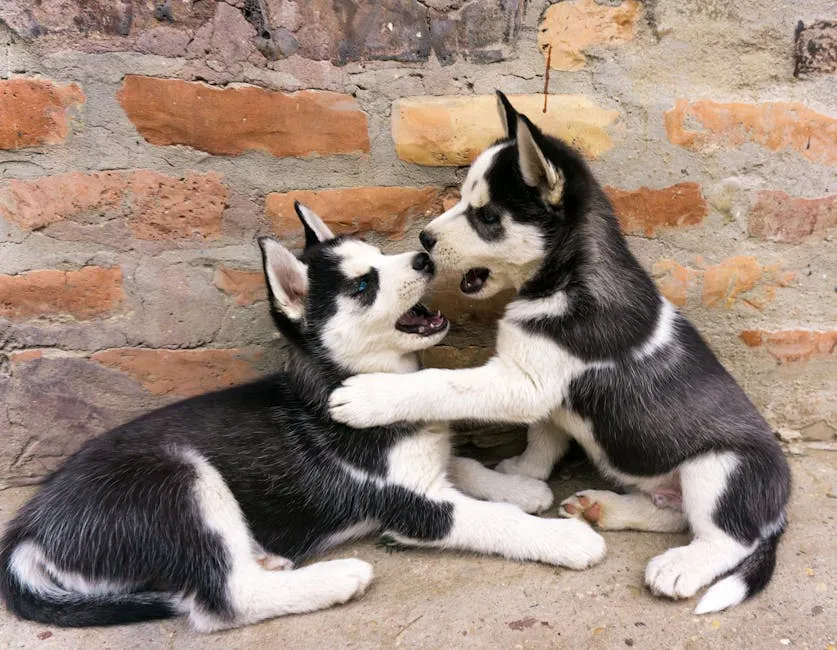
Prevention is the Best Policy
Proactive Strategies to Prevent Dog Fights
Preventing dog fights starts with understanding dog behavior. Recognizing stress signals in dogs is essential. Signs like excessive barking, growling, or a tucked tail indicate stress. If you see these cues, it’s time to intervene.
Providing separate resources for each dog helps reduce competition. Make sure each dog has its own food bowl, toys, and space. This separation minimizes jealousy and helps maintain harmony. A Dog Crate for Training and Travel can be a great solution for providing each dog with their own space when needed.
Socialization and training play crucial roles in conflict resolution. Regularly exposing your dogs to diverse environments can improve their behavior. Basic obedience training also equips them with skills to handle stress. Commands like “sit” and “stay” create a sense of structure. Positive reinforcement techniques can be particularly effective for stubborn dogs. Explore these techniques here.
Utilizing positive reinforcement can greatly enhance your dog’s training experience. Discover effective techniques for stubborn dogs.
Creating a positive environment is key. Encourage structured interactions between your dogs. Schedule playdates and monitor their behavior closely. This allows you to step in if things get too rowdy. And if you want to keep the peace, a Heavy Duty Dog Leash can help maintain control during those exciting moments!
In summary, proactive strategies can prevent dog fights. Understanding stress signals, providing separate resources, and prioritizing training are vital steps. By fostering a positive environment, you can help your dogs thrive together.
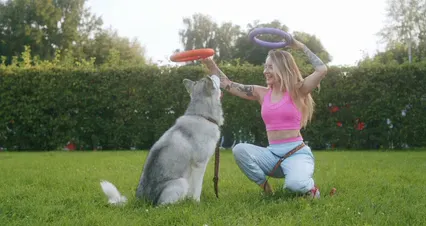
How to Break Up a Dog Fight
Safe Intervention Techniques
If a fight occurs, knowing how to intervene safely is crucial. Hands-off methods are often the best first step. Try distracting the dogs with loud noises or using a water spray. A sudden surprise can break their focus.
If distractions don’t work, hands-on methods may be necessary. The wheelbarrow technique involves lifting each dog by its hind legs. This keeps their mouths away from you and helps separate them safely. Using barriers like furniture can also create a physical separation. And if you have a Dog Car Seat Cover, you can quickly transport them to a safer area without worrying about your car’s upholstery!
Remain calm and assess the situation before intervening. Your demeanor influences how the dogs react. If you panic, it may escalate the fight.
Avoid actions that might worsen the conflict. Never grab a dog by the collar or yell at them. Such actions can provoke further aggression and lead to injuries.
In summary, safely breaking up a dog fight requires calmness and strategic intervention. Use distractions first and consider physical methods if needed. Remember, staying calm and avoiding aggressive tactics is essential for everyone’s safety.
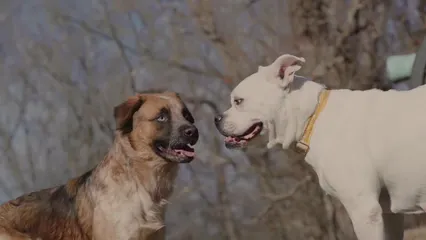
Aftermath of a Dog Fight
Care and Recovery Post-Fight
After a dog fight, your first priority is assessing injuries. Look for cuts, bruises, or any signs of distress. Even if injuries seem minor, seeking veterinary care is essential. A vet can provide the right treatment and advice on recovery. If you’re concerned about your dog’s health, consider a Dog Health and Wellness Book to guide you through recovery.
Next, monitor behavioral changes in your dog. Some dogs may show signs of fear or anxiety. Look for changes in appetite, energy levels, or sleep patterns. These could indicate emotional distress. It’s crucial to address these changes early.
A behaviorist can play a significant role in recovery. They can help identify underlying aggression issues. Behavior modification techniques may be necessary to ensure your dog feels secure. This professional guidance can be invaluable in preventing future conflicts.
Reintroducing dogs after a fight requires caution. Start with controlled interactions in a neutral space. Keep leashes on both dogs to maintain control. Gradually increase their time together, observing their reactions closely. This slow process helps rebuild trust.
And don’t forget to keep an eye on your dog’s grooming and hygiene! A Dog Grooming Kit can be a great way to keep your pup looking sharp while also checking for any injuries or issues.
Remember, post-fight care is not just about physical recovery. Emotional support is equally important. Providing a safe and calm environment aids in healing.
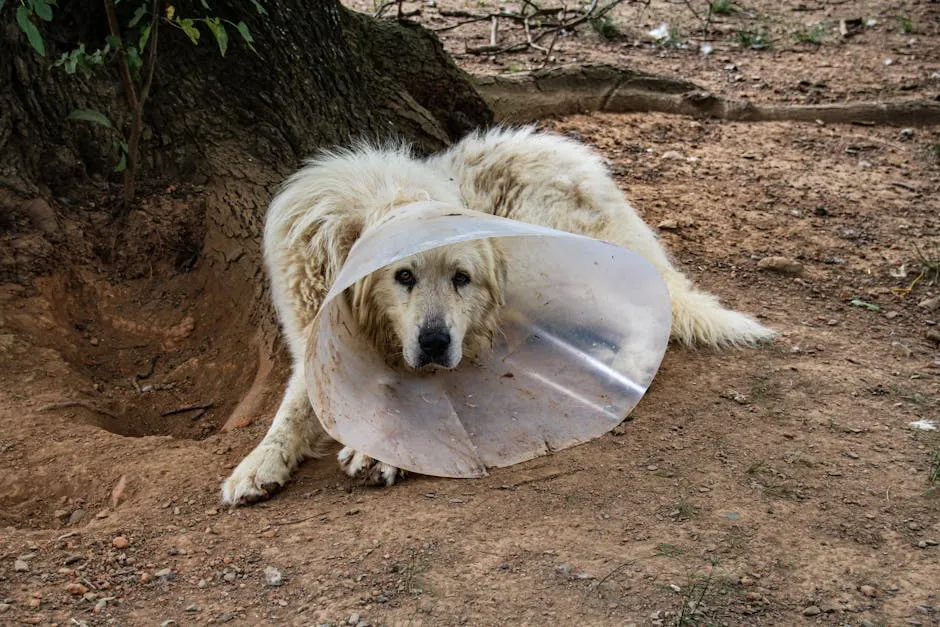
Additional Tips for Living with Multiple Dogs
Maintaining Harmony in a Multi-Dog Household
In a multi-dog household, individual attention is vital. Each dog should feel valued and loved. Schedule one-on-one time to strengthen your bond with each pet. This reduces feelings of jealousy and competition.
Supervision during interactions helps prevent conflicts. Keep a watchful eye on your dogs, especially during playtime. Intervening early can stop minor skirmishes before they escalate. Also, using a Dog Harness for Easy Control can help manage their interactions more effectively.
Establishing clear rules and boundaries is crucial. Dogs thrive on structure. Consistently enforce these rules to create a sense of security. This clarity helps dogs understand acceptable behaviors.
Creating positive associations during group activities fosters harmony. Use treats and praise during playtime to encourage good behavior. Engaging in fun group activities can build camaraderie among dogs. And speaking of treats, consider getting a Dog Treats for Training to reward good behavior!
By implementing these strategies, you can enhance canine relationships. A peaceful multi-dog household is achievable with effort and understanding. Remember, patience is key in nurturing these relationships. Keep monitoring their interactions and adjust as needed for continued harmony.
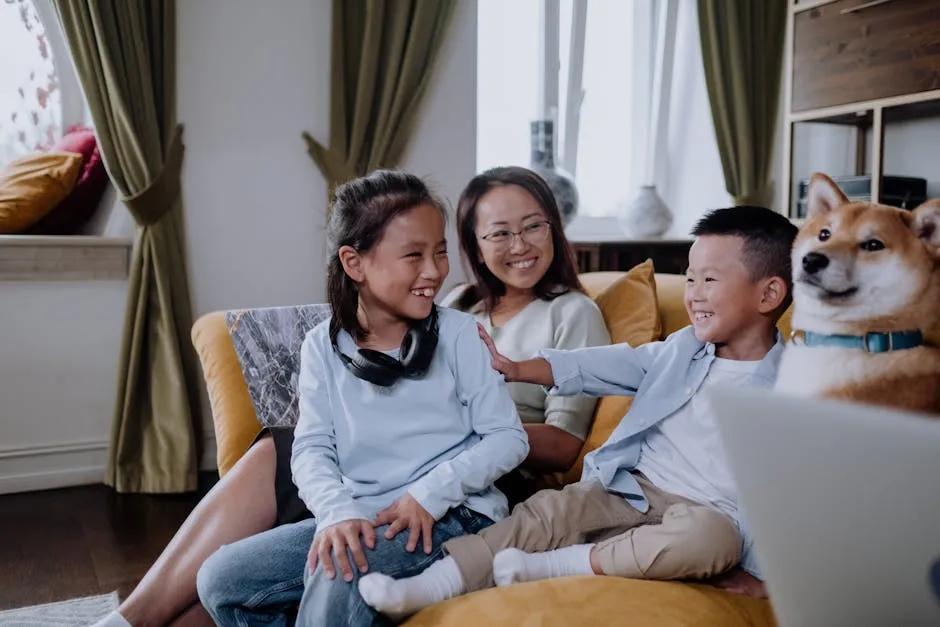
Conclusion
Understanding dog behavior is essential for preventing aggression. By recognizing the signs of stress and triggers, you can create a safer environment for your pets. Proactive education about dog interactions helps ensure harmony. Always observe your dogs closely during playtime. If you notice escalating tension, step in before fights occur.
Encouraging positive interactions is vital. Individual attention, separate resources, and training can foster a peaceful atmosphere. If issues persist despite your efforts, seeking professional help is advisable. Trainers and behaviorists provide tailored strategies to address aggression effectively. Remember, a safe and happy household is worth the effort.
Why do dogs fight in the same household?
Dogs may fight due to resource guarding, fear, or stress. Dominance disputes and health issues can also trigger aggression. Understanding these causes is the first step to prevention.
How can I tell if my dogs are playing or fighting?
Key indicators include body language. Relaxed postures and playful vocalizations indicate play. Tense bodies, growling, and stiff tails suggest aggression. Observing these cues helps maintain safety.
What should I do if a fight breaks out?
First, stay calm and avoid panic. Use distractions like loud noises or water spray. If safe, separate the dogs using the wheelbarrow technique or a barrier. Never grab collars, as it can lead to injury.
Can dogs live together after fighting?
Yes, with proper rehabilitation and reintroduction techniques, dogs can live together. Start with controlled interactions in neutral spaces. Gradually increase their time together, monitoring behavior closely.
What professional help is available for dog aggression issues?
Trainers and animal behaviorists specialize in aggression issues. They can assess your dogs and provide tailored strategies for behavior modification and training.
How can I prevent resource guarding between my dogs?
Provide ample resources for each dog, such as separate food bowls and toys. Monitor interactions during mealtime and remove any items that may cause competition. Reinforce positive behaviors with rewards.
What are the signs of stress in dogs?
Stress signs include excessive barking, growling, a tucked tail, or avoiding certain areas. Panting, lip licking, or yawning can also indicate discomfort. Recognizing these signs allows for timely intervention.
Please let us know what you think about our content by leaving a comment down below!
Thank you for reading till here 🙂
All images from Pexels





